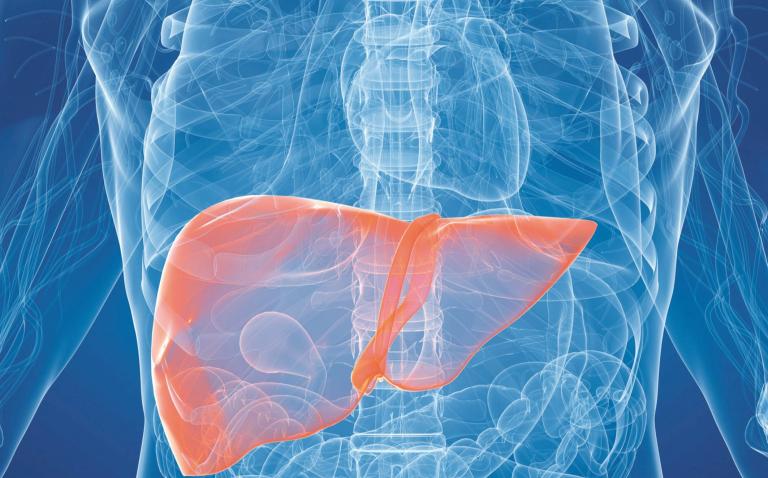The National Institute for Health and Care Excellence (NICE) has issued evidence-based guidelines recommending the use of a minimally-invasive blood test to test for and monitor advanced liver fibrosis in people diagnosed with non-alcoholic fatty liver disease (NAFLD).
The advanced, yet simple-to-conduct, test is the Enhanced Liver Fibrosis (ELF) Test by Siemens Healthineers. This patient-friendly diagnostic option uses a rapid, cost-effective and minimally-invasive blood test to assess the degree of liver damage, or liver fibrosis, providing valuable clinical information. The ELF Test is clinically validated in NAFLD, as well as viral hepatitis and alcoholic patient groups. NAFLD is a significant risk factor in the development of liver fibrosis, which can result in cirrhosis of the liver, with often catastrophic consequences for the patient. Symptoms of cirrhosis can take between 10 and 30 years to develop, with patients often only being diagnosed at the point of end-stage cirrhosis or advanced liver cancer. Early diagnosis is key to initiating treatment to prevent the need for expensive interventions, such as liver transplants.
The current method of detecting liver damage is an invasive liver biopsy. This surgical procedure, which samples a tiny portion of the liver, can lead to misdiagnosis in 20–40% of patients, and also carries the risk of pain and bleeding complications. Using a blood sample and mathematical formulation, the ELF score assesses the extent of liver damage, allowing appropriate action to be taken to prevent further damage.
William Rosenberg, Professor of Hepatology at UCL and the Royal Free Hospital, London, one of the primary investigators of the test states, “Liver fibrosis is asymptomatic until the late stages of cirrhosis. The major challenge for clinicians managing NAFLD is trying to detect which patients have significant liver fibrosis amongst the large numbers who do not. The ELF Test enables us to do this reliably with a simple blood test that can be included amongst routine blood tests. The ELF test can help us assess a patient, determine prognosis, and plan and monitor treatment. NICE’s endorsement of the ELF test is extremely helpful in bringing the test to the clinic and to the benefit of patients.”
The NICE guidelines recommend physicians “consider using the enhanced liver fibrosis (ELF) test in people who have been diagnosed with NAFLD to test for advanced liver fibrosis”, “offer retesting for advanced liver fibrosis for people with an ELF score less than 10.51 every 3 years to adults and every 2 years to children and young people,” and “consider using ELF for retesting people with advanced liver fibrosis.” Franz Walt, President of Laboratory Diagnostics at Siemens Healthineers stated, “Risk factors for NAFLD have reached epidemic proportions; a percentage of at-risk individuals develop significant liver disease, and identification of this group is a primary care challenge. The ELF Test addresses the unmet need for an accurate, cost–effect diagnostic solution for liver fibrosis in primary care, and with these guidelines physicians can now better assess their patients.”










